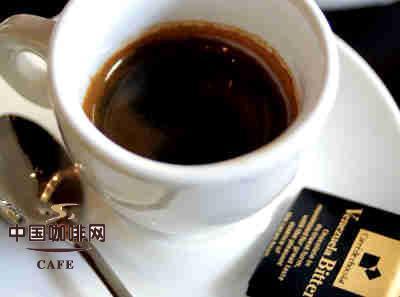Coffee making methods Coffee lovers have different drinking habits and preferences

Coffee lovers worldwide
have their own drinking habits and preferences.
People in the Middle East cling to traditional drinking methods, where coffee beans are deeply roasted to near Dark Roast, usually ground to a very fine powder, then boiled several times and added with sugar to make a small cup of very strong, bitter, sweet, and settled coffee. People sipped the small cup of coffee in a refined and courteous manner.
Southern Europeans and urban Latin Americans are accustomed to drinking a cup of coffee in the morning, afternoon and evening. They prefer coffee that is deeply roasted, half-bitter, half-sweet and has a burnt taste. Preferably brewed on an Espresso machine, a small cup dark, rich, with an oily top and a little sediment at the bottom of the cup. In the morning, a small cup of coffee mixed with hot milk in a bowl or mug, coffee drinkers hold the bowl or cup in both hands, warm their palms or nostrils with the heat of the coffee to feel the aroma of coffee, and if possible, they even want to jump into the cup to bathe and keep their spirits calm; in the afternoon or evening, southern Europeans prefer black, strong, bitter and sweet coffee.
For people in northern and continental Europe, the perfect cup of coffee is very different from Middle Eastern preferences. First, the brewed coffee is free of sediment; it is light and round; the beans are roasted brown rather than black. The brewing method likes to use drip coffee (Drip Coffee) or machine coffee (Espresso Italian coffee) or all kinds of fancy coffee changed from Espresso-cappuccino, Viennese coffee, French milk coffee... etc.
In English-speaking countries, people are used to adding milk and sugar to coffee, but because they drink coffee that is lighter, the added milk and sugar often affect and mask the strength and flavor of coffee. The habit of drinking coffee began to be popular in North America during World War II. In order to reduce the cost of drinking coffee and meet the demand at any time, American coffee is usually brewed in a pot and placed on a hot plate to keep warm at any time, and the brewed coffee is very weak. The typical North American coffee drinker drinks coffee as a daily beverage, drinking coffee from the office coffee pot all day, or carrying coffee at home, not only after meals, but also at the beginning and middle of the day.
Important Notice :
前街咖啡 FrontStreet Coffee has moved to new addredd:
FrontStreet Coffee Address: 315,Donghua East Road,GuangZhou
Tel:020 38364473
- Prev

Coffee common sense A mixed drink of alcohol and coffee will get you drunk
A mixed drink of alcohol and coffee is a potentially deadly substance, first of all, when you are drunk and unaware of it. General coffee energy drinks also have the risk of getting drunk, which can not be ignored. This is according to a study published in the Journal of Behavioral Neuroscience. In many experimental studies, mice became more alert after drinking coffee, but there were also problems of unconsciousness after drinking alcohol.
- Next

Coffee compares how organic coffee is different from traditional coffee
How organic coffee differs from traditional coffee: coffee factories traditionally grow in shade trees and other food and commodity crops. This approach is done for healthier soil and prevented water pollution. Unfortunately, many coffee growers have abandoned this approach in favor of larger crops and greater profits. However, integrated pesticides, herbicides and fertilizers have become necessary
Related
- Beginners will see the "Coffee pull flower" guide!
- What is the difference between ice blog purified milk and ordinary milk coffee?
- Why is the Philippines the largest producer of crops in Liberia?
- For coffee extraction, should the fine powder be retained?
- How does extracted espresso fill pressed powder? How much strength does it take to press the powder?
- How to make jasmine cold extract coffee? Is the jasmine + latte good?
- Will this little toy really make the coffee taste better? How does Lily Drip affect coffee extraction?
- Will the action of slapping the filter cup also affect coffee extraction?
- What's the difference between powder-to-water ratio and powder-to-liquid ratio?
- What is the Ethiopian local species? What does it have to do with Heirloom native species?

